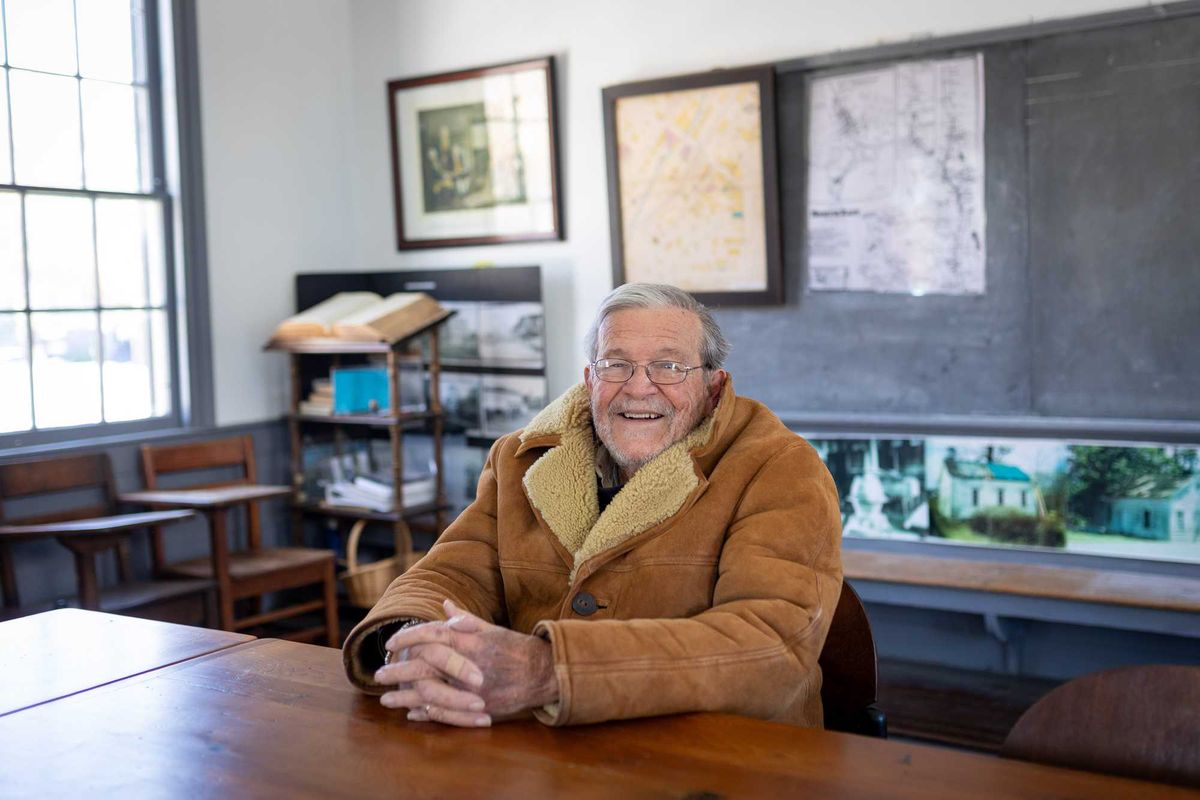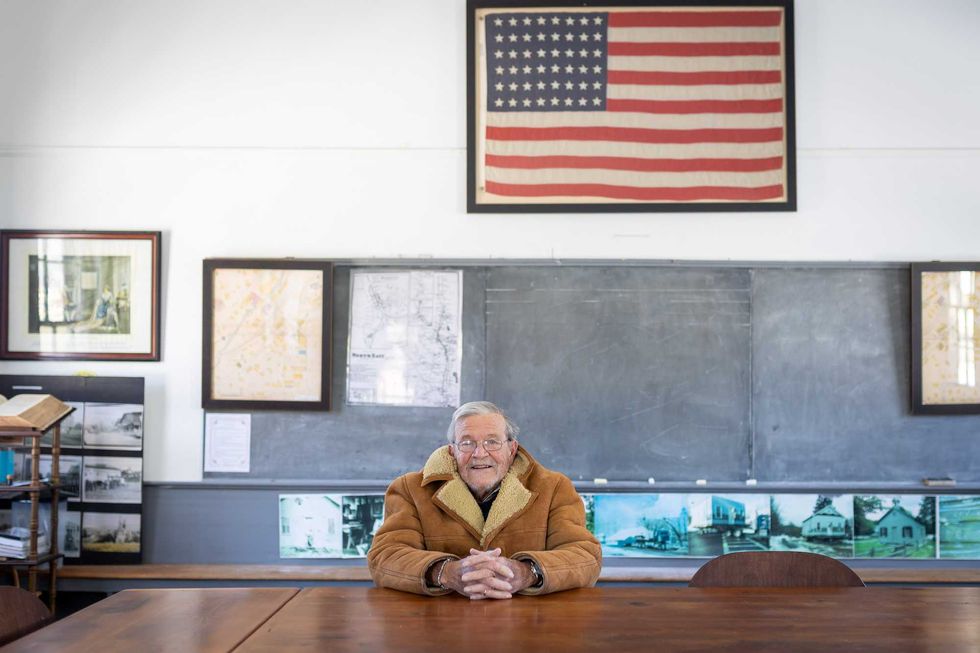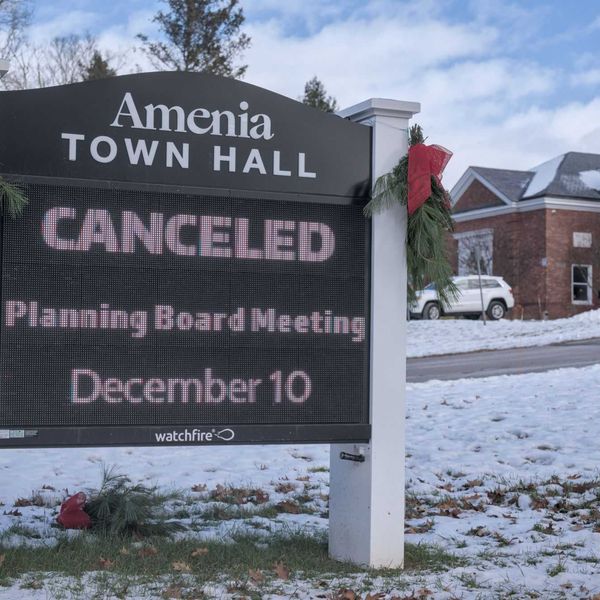Dear EarthTalk, The holiday season brings so much food and packaging waste. What can I do to be part of the solution instead of part of the problem this year? — Bridget Wilson, Philadelphia, PA
We all love the holiday season for its traditions and gift-giving, but environmental advocates worry about the extra waste we generate between Thanksgiving and New Year’s. Americans produce 25 percent more trash over the holidays than the rest of the year. So, what’s an eco-conscious holiday lover to do?
Reducing waste over the holidays might seem like a lofty goal, yet it’s certainly within reach. The most obvious way to reduce waste this year is to rethink gift giving. Instead of buying this year’s fad toy or gadget for that loved one, how about giving them an experience, a homemade gift or something made from recycled or upcycled materials? Or give the gift of time — help them reorganize their closet or kitchen, take them to the amusement park, help them set up a new website or teach them how to crochet.
If you do give physical gifts, wrap them creatively with the planet in mind by utilizing reusable materials like fabric, scarves or old maps — or repurpose newspaper or brown paper decorated with natural elements like pine cones or dried flowers.
Another way to green this holiday season is to change up your holiday decor. For one, get a reusable tree if you’re not able to compost a real one when its usefulness is over. Select eco-friendly holiday lights that use LED bulbs, which use less energy, and make decorations with natural materials, like pinecones, branches or dried citrus slices.
Food waste is a big issue all year, but especially around the holidays. Plan your holiday meals so as to minimize food waste. Buy local, organic produce with minimal packaging. Make sure to compost food scraps and plant trimmings so such biodegradable items don’t clog up landfills meant for garbage.
Another way we are wasteful over the holidays is all of the emissions-intensive air and road travel we indulge in to visit friends and family. Reduce travel emissions by carpooling, using public transportation, or opting for virtual gatherings when feasible.
Yet another way to give without waste is by volunteering time and/or money to charitable causes on your own or on behalf of a loved one instead of a traditional physical gift. Supporting organizations that work toward environmental conservation or helping those in need can be a meaningful way to celebrate without contributing to waste.
EarthTalk® is produced by Roddy Scheer & Doug Moss for the 501(c)3 nonprofit EarthTalk. See more at emagazine.com.





 Ralph Fedele sits at a table in the historic Irondale Schoolhouse in downtown Millerton. Fedele led the effort to renovate and relocate the schoolhouse to the center of the village.Photo by Aly Morrissey
Ralph Fedele sits at a table in the historic Irondale Schoolhouse in downtown Millerton. Fedele led the effort to renovate and relocate the schoolhouse to the center of the village.Photo by Aly Morrissey





How to cope with holiday packaging waste